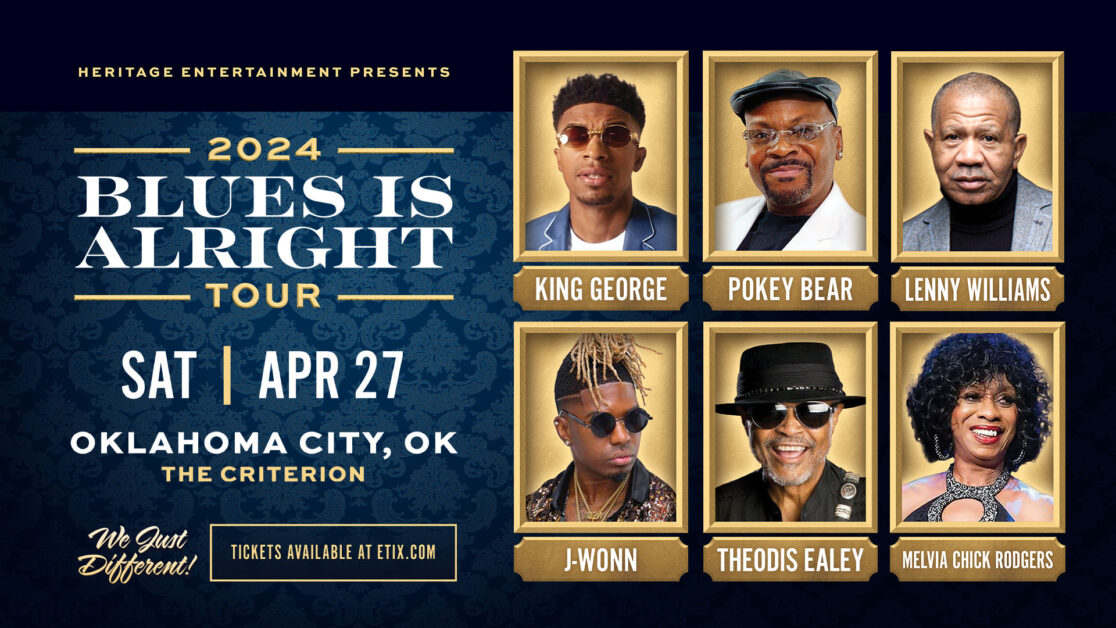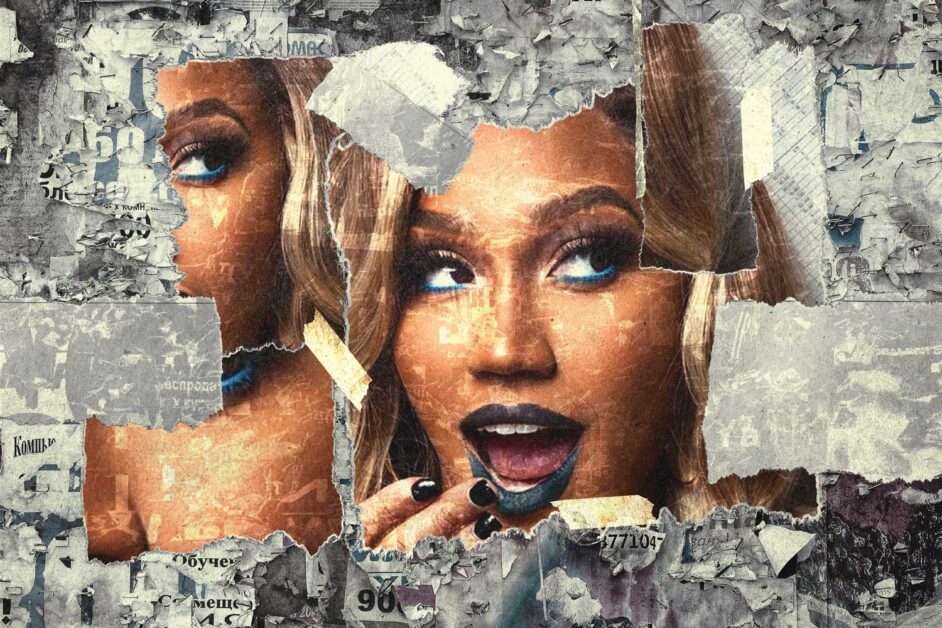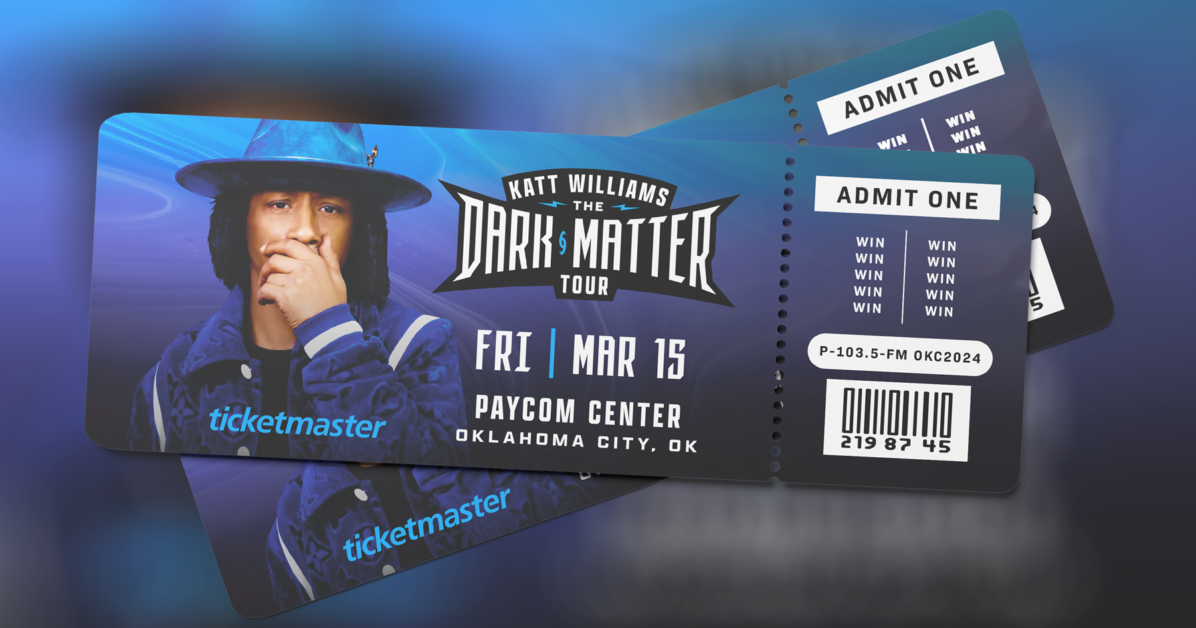‘Girl, Interrupted’ Author Susanna Kaysen On Sad Girl Lit & Her Memoir’s Legacy
Written by on June 3, 2023
Oh, the things BookTok has given us. An obsession with Colleen Hoover, a newfound love for Taylor Jenkins Reid’s backlist, the accession of the reigning rom-com queen, Emily Henry — there’s never been more love for such decidedly (and delightfully) mass fare. But at the same time, in the more esoteric, alt-leaning corners of the platform, a starkly different genre has taken root: Sad Girl Lit.
For the uninitiated, Sad Girl lit focuses on waifish, intelligent (often white) young women who are gripped by feelings of malaise, despite having everything going for them. These books — think novels by writers such as Donna Tartt, or works of non-fiction by Leslie Jamison — are artfully captured in TikToks overlaid with Phoebe Bridgers songs, posted by girls who find their own melancholy to be deeply romantic. Almost universally, these devotees celebrate Susanna Kaysen’s Girl, Interrupted as the blueprint for the genre.
Kaysen first wrote Girl, Interrupted 30 years ago, back when being a “sad girl” was private, shameful, and not at all aestheticized. The memoir follows the 18 months Kaysen spent at McLean Hospital, a much-respected psychiatric facility in Massachusetts, where she was treated for borderline personality disorder. “I felt very much that I was exposing myself and that people would be disturbed, put off or dismissive of me as a ‘crazy’ person,” Kaysen tells Bustle. She couldn’t have been more wrong: The book soon became a New York Times bestseller, and, when it was adapted for the big screen in 1999, an Oscar-winning film. Girl, Interrupted’s publication coincided with the height of the ‘90s disaffected youth culture — Nirvana’s “Smells Like Teen Spirit” had already made grunge mainstream; My So-Called Life was in production — and audiences were primed to see themselves in Kaysen’s portrait of misanthropy. “People would say, ‘You’ve written my story.’ And I would think, ‘The hell I have. I wrote my story,’” Kaysen says. In the decades since, she’s grown to accept those readers, the ones who can’t help but find themselves in Girl, Interrupted’s pages — and their numbers have only grown.
Below, Kaysen reflects on The Year of Rest and Relaxation, the mythology surrounding McLean, and Girl, Interrupted Syndrome.
How aware are you of the Sad Girl literature genre that’s really cropped up over the years?
Sad girl? None. I have no idea what you’re talking about.
My Year of Rest and Relaxation by Ottessa Moshfegh is a prominent example of it, or anything by Sally Rooney, but Girl, Interrupted is often mentioned as the pioneer of this subgenre.
I’ve read Ottessa’s book, I’ve read all of Sally Rooney’s books. The Year of Rest and Relaxation I found really horrifying, but I think it was meant to be very disturbing. But I don’t see them at all as connected to what I wrote. I guess they’re connected in the sense that they [focus on the] difficulties of growing up as a woman, what it’s to be a woman in her early 20s. But [novels often ask], “How am I supposed to live?” Isn’t Jane Eyre, “How am I supposed to live? I can’t live as a governess. I just can’t stand it.”
So I think it would be a mistake really to trace that back to me. I think the only thing I was at all a path breaker on was being straightforward about having been hospitalized and labeled a mental patient. And that’s different from these women being willing to talk about how unhappy they are.
Despite really believing in the historical importance of your book, I do see your point. There is a tradition of women writing about their discontentment that predates you, just look at The Bell Jar. Yet it’s still Girl, Interrupted that BookTok, and the discourse surrounding it, has placed at the epicenter.
Hey, anything that gets people to read and write, I’m happy for it. It’s a compliment. But I think it may be one of these misreadings that any book that has success is subject to. A widely disseminated work is subject to many misreadings.
In the introduction that I wrote to the new edition of the book I said, “I left a lot of blank space.” And that’s the space into which people could project themselves. But if I had maybe written it better, it would’ve been more specific to me and perhaps less open to other people’s projections. But if it was helpful for people to make those projections, then what does it matter?
Well one thing I think Girl, Interrupted certainly did was open up the floodgates for more memoirs of mental illness at the time you published. Lucy Grealy’s Autobiography of a Face came out the following year, as did Elizabeth Wurtzel’s Prozac Nation. What do you remember of that confessional boom? Were you all circling one another?
I did feel that I had been a participant in opening those gates. There were two other important books: William Styron’s [Darkness Visible] and Peter Kramer’s Listening to Prozac. Altogether, those three books nudged open a door that had been kept shut from shame or embarrassment. [As for Elizabeth] I didn’t know her. She was probably 20 years younger than me, at least. But I think [all these books] gave people permission to write about this stuff and on the face of it, and that’s a good thing.
It also led to people really romanticizing such experiences. Even McLean Hospital, which is where Girl, Interrupted is set, has been subject to romanticization: Eileen Kelly has a podcast, Going Mental, where the jumping off point was her time spent there; Sylvia Plath spent time at McLean, as did Anne Sexton, and more recently, Michelle Carter. What is it about McLean that lends itself to mythologization?
Robert Lowell [was there], too. Don’t leave him out. [McLean] was quite the Ritz of loony bins — and sort of the Harvard. I think it liked that reputation, traded on that reputation, and deserved that reputation. These old, old loony bins have their qualities the way old universities have their qualities. And why not? They have their history.
Not to keep quizzing you about internet references, but there’s also the concept of Girl, Interrupted Syndrome, which according to Urban Dictionary, is when “a person believes that they’re extremely different & special, and just simply so misunderstood.” And as Buzzfeed wrote, “This syndrome has little to do with the actual memoir. It’s about what the book represents, what it says about the person reading it.” Is that a concept you agree with? And what do you think people want to have signified about themselves when they read and interact with Girl, Interrupted?
I completely agree. I think it’s, “I’m in pain. Acknowledge that I have pain, acknowledge that I am a person worth caring about. My pain is worth caring about.”
“See me, validate me.” Which is the gift your book has given so many people — that feeling of being seen.
Although I wasn’t writing about them. People would say, “You’ve written my story.” And I would think, “The hell I have. I wrote my story.” I felt intruded upon because I felt people were saying, “I am you or you are me.” I thought, “No, I’m me. I’m not you.” It took me a while to get over that sort of petulance. It took me quite a while to realize, “Listen, the book is now for them. You have written it.” Oddly, the thing that really helped me to achieve that was the movie.
How so?
I have to say, getting a bunch of money helped me get to a zen spot. But the zen spot was the right spot, which was, “I wrote the book I wanted to write. They have bought the rights to make the movie, and they should be able to make the movie they want to make.” And when I understood that, I was able to just say, “Fine, then go for it. I get it.”
This interview has been edited and condensed for clarity.
watch avatar the way of water full movie
watch avatar the way of water full movie
watch avatar the way of water full movie




